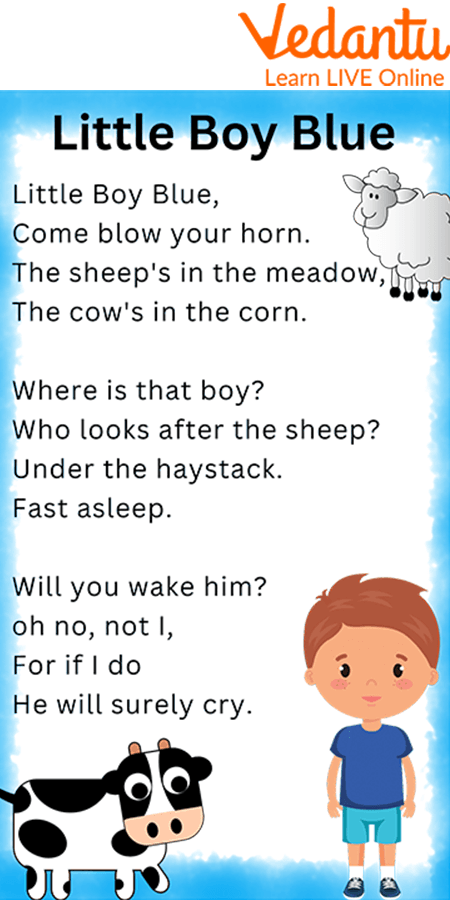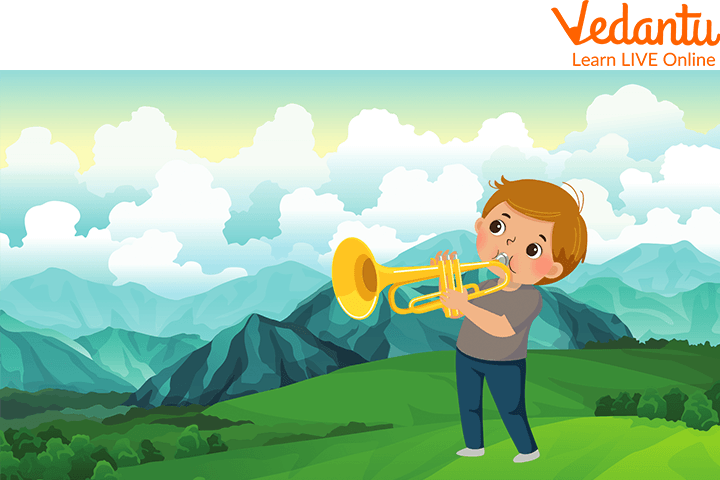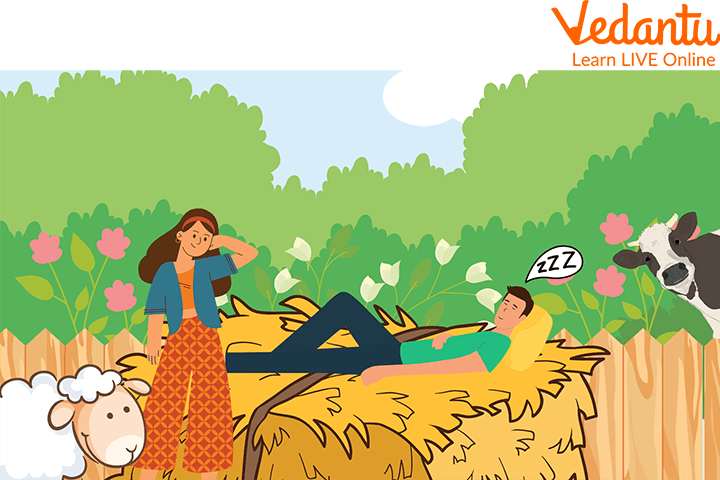An Introduction to the Poem Little Boy Blue
Poems are not just words depicted in various textbooks but are the actual emotions, ideas, and style of the poet. We all love reading traditionally, rhythmically composed poems, don’t we? In this article, we will only talk about Little Boy Blue, one of the most famous poems ever written and learn some blue rhyming words.
Little Boy Blue is a traditional nursery rhyme that was published way back in 1744. This poem was first published in Tommy Thumb’s collection named, the Little Song Book. This poem is about a shepherd child who used to take care of his farm. Let us find out what this curious little rhyme means.

Little Boy Blue Poem
Little Boy Blue Poem Lyrics
Little boy blue,
Come blow your horn,
The sheep’s in the meadow,
The cow’s in the corn.
But where is the boy
Who looks after the sheep?
He’s under a haystack,
Fast asleep.
Will you wake him?
Oh no, not I,
For if I do
He will surely cry.
Analysis of Little Boy Blue
Lines 1-4
“Little boy blue,
Come blow your horn,
The sheep’s in the meadow,
The cow’s in the corn.”
The speaker is addressing the young boy as “Little Boy Blue”. It seems like this is the nickname of the unknown young boy. Unfortunately, there is no reason given why the speaker is calling the young boy “blue”. The colour “blue” would definitely have some connection with what the young boy wears.
The speaker is seen calling up the boy for some task that needs to be completed. She depicts the task by saying “Come blow your horn”. Here, the speaker is asking the young boy to gather up all his animals.
In fact, the speaker is asking the young boy to “blow” the “horn” so that other creatures who might be preying on the livestock cannot do so. Moreover, blowing the horn would scare off other creatures preying on the livestock.
The next two lines in the poem reveal that the boy has some issues to deal with. Some animals like the sheep are seen in the “meadow” and cows in the “corn”. Both these lines portray what the sheep and cows are doing on the farm. Interestingly, the last two lines are seen starting with “The” which creates a good rhythm to the poem.

Little Blue Boy Blowing the Horn
Lines 5-8
“But where is the boy
Who looks after the sheep?
He’s under a haystack,
Fast asleep.”
The second part of the poem portrays that the boy is not very responsible. This “Little Blue Boy” is nowhere to be found by the speaker. The speaker describes the scene as “But where is the boy?”, “Who looks after the sheep?”. In fact, these lines say a lot about the working culture of the young boy. Unfortunately, the reason is not given why the boy is unavailable at the moment.
The last two lines here reveal the speaker answering her own question. She answers by saying “He’s under a haystack,” “Fast asleep”. It seems like the speaker saw the boy sleeping and still asking for him.
There could be no reason for how the speaker is revealing the exact position where the boy is sleeping. In fact, the poet did not reveal why the boy was “Fast asleep”. The only reason this boy could be fast asleep is he could be very tired from working. This is the reason why we can see the young boy sleeping under the haystack. Check out the young blue boy sleeping under the haystack in the picture below:-

Young Blue Boy Sleeping Under a Haystack
Lines 9-12
“Will you wake him?
Oh no, not I,
For if I do
He will surely cry.”
The third and final part of the poem is about waking up the young boy and what his reaction would be. In the first line of this verse, the speaker thinks of waking up the kid by herself. But, the second line of the poem says the speaker is not willing to wake the kid.
If the kid wakes up the speaker says that “He will surely cry.” Here, the speaker is not willing to take any risk of waking up the kid. She does not want the young kid to wake up crying.
The Theme of the Poem
This rhyme doesn't have any main themes. However, responsibility might be viewed as a secondary theme. The young boy is not old enough to manage the farm. Thus, he falls asleep After taking a peek at the sleeping boy, the parents or observers engage in conversation. They wish to wake him up but pause since they expect tears. Maybe they realise the kid needs to have fun instead of watching the animals.
Summary
It is the job of poetry to give emotions to the child and this poem has done incredibly. The various potholes in this beautifully-crafted poem give the reader good thinking. Little Blue Boy is nothing but a representation of innocence. Children are the meaning of innocence, there is always a reason behind their mischievous behaviour. The same is portrayed in this poem. The blue boy who has a lot of responsibilities is irresponsibly sleeping under a haystack. Parents can recite the poem together with their kids and also teach them rhyming words of boy, blue, etc.


FAQs on Little Boy Blue: A Poem for Kids
1. Who wrote the poem “Little Boy Blue”?
This beautifully-crafted poem is written by Mother Goose.
2. When was this poem first printed?
This poem was first printed way back in 1744, but some say the exact date of publishing dates further back.
3. What is Mother Goose often cited as?
Mother Goose is often cited as the author of hundreds of children’s poets and stories.





